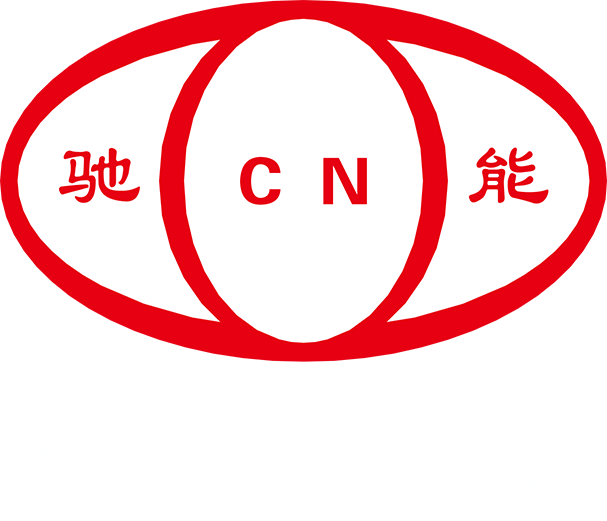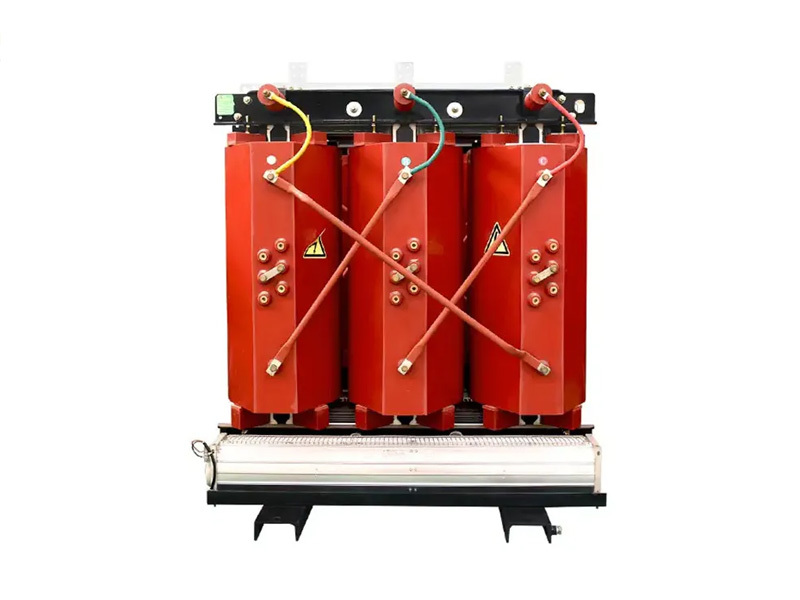He' Nan Chineng Electric Power Equipment Co., Ltd
Understanding the Efficiency of Industrial Rectifier Power Transformers: A Comprehensive Guide
May 20,2025
Understanding the Efficiency of Industrial Rectifier Power Transformers
Table of Contents
- 1. Introduction to Industrial Rectifier Power Transformers
- 2. What is a Rectifier Power Transformer?
- 3. The Importance of Efficiency in Power Transformers
- 4. Key Factors Affecting the Efficiency of Rectifier Power Transformers
- 5. Measuring the Efficiency of Rectifier Power Transformers
- 6. Application Areas of Rectifier Power Transformers
- 7. Future Trends in Transformer Efficiency
- 8. Conclusion
- 9. Frequently Asked Questions (FAQs)
1. Introduction to Industrial Rectifier Power Transformers
Industrial rectifier power transformers play a pivotal role in the energy landscape. These specialized transformers convert alternating current (AC) to direct current (DC), making them essential for various applications, including power supplies for industrial equipment and renewable energy systems. As industries continue to evolve, understanding the efficiency of these transformers becomes increasingly crucial.
The efficiency of power transformers directly impacts both operational costs and system reliability. Improving transformer performance not only enhances energy savings but also contributes to sustainability efforts by reducing energy losses.
2. What is a Rectifier Power Transformer?
A rectifier power transformer is specifically designed to facilitate the conversion of AC to DC. This process is vital for powering DC equipment, such as motors, battery chargers, and electroplating systems. The design usually incorporates features that optimize voltage regulation and minimize losses during the conversion process.
The key components of a rectifier power transformer include:
- **Primary and Secondary Windings**: These conduct electrical currents and influence voltage levels.
- **Core Materials**: The choice of core material affects the efficiency and performance of the transformer.
- **Cooling Mechanisms**: Proper cooling is essential to maintaining optimal operating temperatures, thereby preventing overheating and ensuring reliability.
3. The Importance of Efficiency in Power Transformers
Efficiency in transformers is defined as the ratio of output power to input power, expressed as a percentage. High efficiency indicates that a transformer converts a higher proportion of input power into usable output power. This characteristic is particularly important in industrial contexts where energy costs can significantly impact overall operational expenses.
Several factors underscore the importance of transformer efficiency:
- **Energy Savings**: Higher efficiency translates to lower energy consumption, resulting in cost savings.
- **Reduced Heat Generation**: Efficient transformers generate less heat, leading to lower cooling requirements and prolonged equipment lifespan.
- **Sustainability**: Improved efficiency contributes to a reduction in carbon footprint by minimizing energy waste.
4. Key Factors Affecting the Efficiency of Rectifier Power Transformers
Several factors influence the efficiency of industrial rectifier power transformers. Understanding these elements is vital for optimizing transformer performance.
4.1 Core Materials
The core material is critical to transformer efficiency. Materials such as silicon steel and amorphous steel are commonly used due to their magnetic properties. Amorphous steel, in particular, has gained popularity because it exhibits lower energy losses during operation, leading to enhanced efficiency.
4.2 Winding Design
The design of the windings, including their configuration and number of turns, directly affects voltage transformation and resistance. Optimizing winding designs can minimize resistive losses and improve overall efficiency.
4.3 Load Factors
The load factor—the ratio of actual load to maximum load—can significantly affect transformer performance. Operating a transformer consistently at or near its rated capacity can enhance efficiency. However, frequent fluctuations in load can lead to increased losses.
4.4 Cooling Systems
Effective cooling systems are paramount for maintaining optimal transformer performance. Various cooling methods, such as oil cooling or air cooling, can significantly impact efficiency by preventing overheating and associated losses.
4.5 Frequency Impacts
The operating frequency of a transformer also influences its efficiency. Higher frequencies can lead to increased losses due to eddy currents. It’s essential to select transformers designed for specific frequency ranges to maximize efficiency.
5. Measuring the Efficiency of Rectifier Power Transformers
Measuring the efficiency of rectifier power transformers involves assessing the input and output power and calculating the efficiency ratio. Various methods and standards, such as ANSI or IEC, provide guidelines on how to conduct efficiency tests under specific conditions.
Typically, efficiency is calculated using the formula:
**Efficiency (%) = (Output Power / Input Power) x 100**
Regular efficiency assessments are crucial during the design, installation, and operational phases to ensure optimal performance.
6. Application Areas of Rectifier Power Transformers
Industrial rectifier power transformers find applications in several sectors. Some notable areas include:
- **Electroplating**: These transformers provide the necessary DC power for electroplating processes.
- **Battery Charging**: They are used in battery charger circuits, ensuring efficient energy transfer.
- **Welding Equipment**: Many welding processes require consistent DC power, necessitating the use of rectifier transformers.
- **Industrial Drives**: They power DC motors in various industrial applications, enhancing operational efficiency.
7. Future Trends in Transformer Efficiency
As technology evolves, several trends are emerging in the realm of transformer efficiency. Innovations such as smart transformers and advanced materials promise to revolutionize the industry.
- **Smart Transformers**: Equipped with monitoring capabilities, these transformers can optimize operation in real-time, enhancing efficiency.
- **Advanced Materials**: Research into new core materials, such as high-temperature superconductors, can lead to significant efficiency improvements.
- **Sustainability**: As industries shift towards sustainable practices, energy-efficient transformers will play a key role in complying with environmental standards.
8. Conclusion
Understanding the efficiency of industrial rectifier power transformers is essential for optimizing performance, reducing operational costs, and contributing to sustainability efforts. By focusing on key factors such as core materials, winding design, load factors, cooling systems, and frequency impacts, engineers and technicians can significantly enhance transformer efficiency. As the industry moves forward, embracing innovations and advancements in technology will be crucial for achieving higher efficiency levels and meeting the demands of modern applications.
9. Frequently Asked Questions (FAQs)
1. What role do core materials play in transformer efficiency?
Core materials significantly affect a transformer's magnetic properties and losses. Materials like amorphous steel minimize energy losses, enhancing overall efficiency.
2. How can I measure the efficiency of my transformer?
Efficiency can be measured by calculating the ratio of output power to input power using the formula: Efficiency (%) = (Output Power / Input Power) x 100.
3. What are common applications for rectifier power transformers?
Rectifier power transformers are commonly used in electroplating, battery charging, welding equipment, and powering industrial drives.
4. Why is it essential to optimize winding designs?
Optimizing winding designs can minimize resistive losses, improve voltage transformation, and enhance overall transformer efficiency.
5. What future trends should we anticipate in transformer technology?
Future trends include the development of smart transformers, advanced materials, and a strong focus on sustainability to enhance transformer efficiency.










